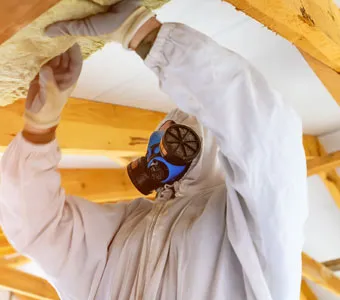Asbestosis 101: What is it and what causes it?
Many people who have heard of asbestos are likely aware that it is dangerous and can cause serious health problems for the people exposed to it. Most commonly, people are more familiar with lung cancer and mesothelioma. While it is important to know about these types of cancer, there is also another serious illness that can also be caused by asbestos.
Asbestosis is also caused when a person breathes in dangerous levels of asbestos, but it is a disease, not a cancer. People who suffer from asbestosis experience a range of symptoms including chest pain, shortness of breath and persistent coughing, which can look like other conditions at first. However, the scar tissue that is caused by asbestosis can be a very telling sign of the disease.
Scar tissue can build up in the lungs when someone has breathed in sharp, toxic asbestos fibers. Once the scar tissue forms, the lungs are not able to contract and expand because of the hardened scar tissue. This can make breathing normally very difficult and can worsen over time.
Like other asbestos-related conditions, asbestosis can take a very long time to develop and interfere with a person’s health. It may be decades after exposure to asbestos that a person starts experiencing symptoms, and by then there is no way to repair the damage. While there are treatments available that can ease the pain and difficulty of breathing, there is no cure for asbestosis.
Treating asbestos-related illnesses like asbestosis can be crucial for victims. Depending on when they are diagnosed, people may be able to extend their lifetimes considerably with effective treatment. That is why it is so important for victims to know when and where they were exposed to asbestos, and why they should consider working with an attorney to identify physicians and medical centers equipped to test for and diagnose asbestos-related illnesses. Because these treatments can be expensive, an attorney can also help victims file a civil suit against the party responsible for the exposure.
Source: American Lung Association, “Understanding Asbestosis,” accessed on April 30, 2014






